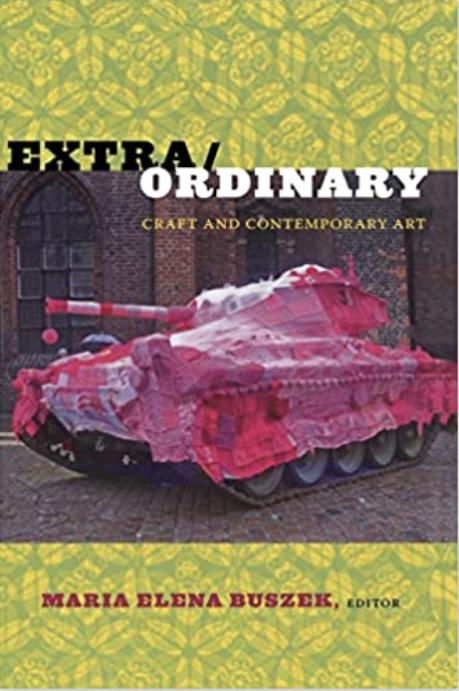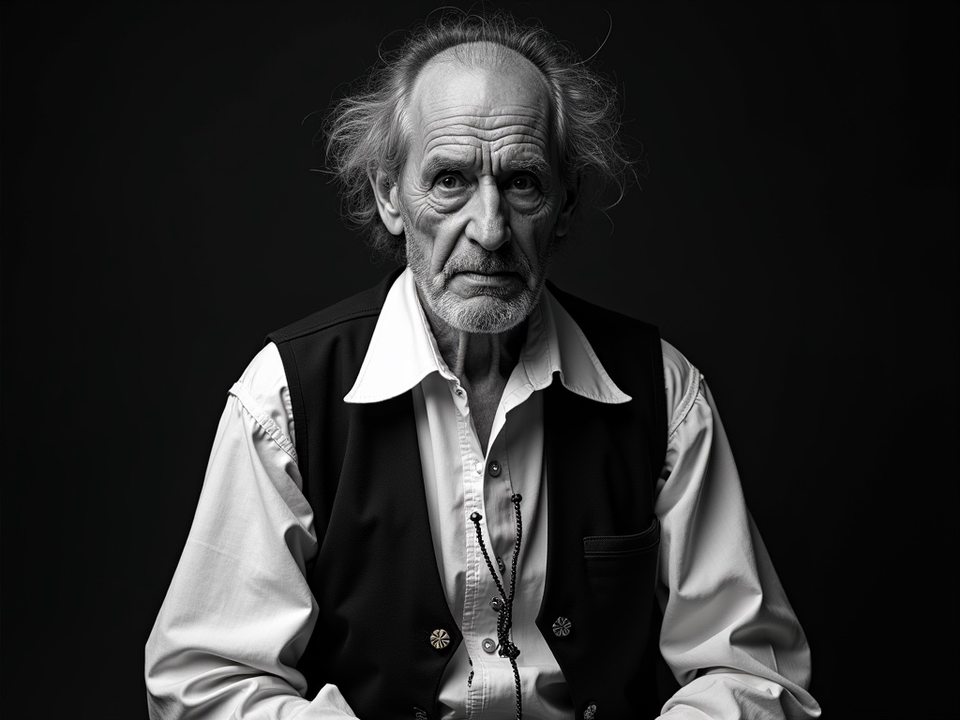Revisiting Extra/Ordinary: Craft and Contemporary Art
Have you read my essay, "Validity Is in the Eye of the Beholder: Mapping Craft Communities of Practice"?

If you haven’t read it, Maria Elena Buszek's (Editor) 2011 book Extra/Ordinary: Craft and Contemporary Art explores how contemporary artists use craft media and processes to transform craft media into extraordinary conceptual art. Before this book’s publication by Duke University Press, few art critics or scholars had previously explored the significance of craft in contemporary art in this depth.
Buszek’s text filled a gap in a groundbreaking way by reflecting on what craft means in the contemporary moment and provided new craft theories in relation to art. The book explains how activist crafting operates and describes and contextualizes various institutional changes that continue to evolve. Buszek’s work has stood the test of time, and it is now reference material for new ways of understanding the emergent frontiers of craft contexts.
The book covers various media, from quilts to ceramics, and includes perspectives from artists, curators, and scholars. It also offers an introduction to the concept of craft culture referenced and celebrated by artists who have promoted new ways of thinking about the role of craft in contemporary art.
I am one of the authors of this text. I contributed a chapter titled Validity Is in the Eye of the Beholder: Mapping Craft Communities of Practice.

Validity Is in the Eye of the Beholder: Mapping Craft Communities of Practice1.79MB ∙ PDF fileDownloadFrom Extra/Ordinary: Craft and Contemporary Art, ed. by Maria Elena Buszek. Duke University Press, April 2011. ISBN 9780822347620Download
I include a .pdf of my contributed chapter above because this topic is the focus of a panel discussion that I will moderate:
Craft Matters: Communities of Practice, hosted by the Center for Craft on Feb 23rd, 2023 1:00 pm–2:00 pm ET.
Here are a few relevant core concepts that I address in the essay:
- the validation of a maker's work has become merely a matter of where one chooses to look and what one considers to be their field of practice
- to be recognized as a professional within the field of craft, one must produce within specific frameworks of expectation that are limited by and often at the mercy of recognized sources of validation, among them the museum, the media, and the marketplace
- the field of craft consists of multiple communities of practice, as each group organizes itself according to the materials and associated processes of the domain.
I hope that you will join us for the free, online conversation.


